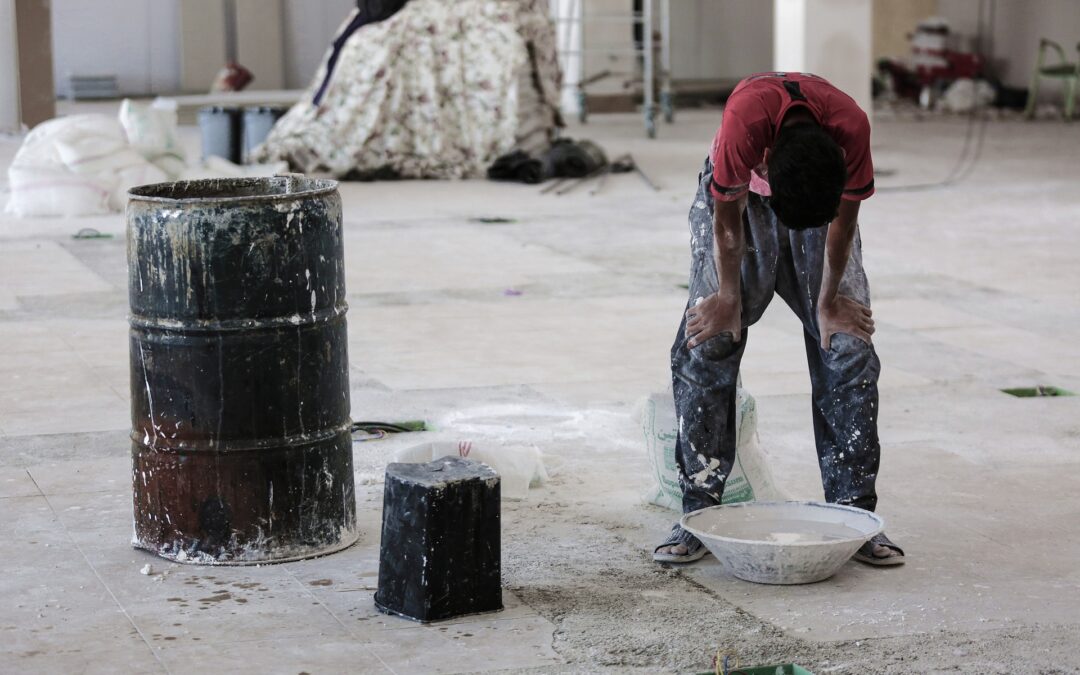
Why do we need a standard on modern slavery?
A few days ago, the British Standards Institution published the first national standard on modern slavery, giving organisations guidance on how to manage modern slavery risks in their operations, supply chains and wider operating environment. I had the opportunity to participate in the process of development of the standard providing guidance on issues around risk management, reporting and stakeholder management.
You may be asking what modern slavery is and why we need a standard for organisations. Modern slavery is an umbrella term that includes situations of exploitation that a person cannot refuse or leave because of threats, violence, coercion, deception, and/or abuse of power. These can take the form of forced labour, servitude, and human trafficking, among others.
Imagine you have two workers, both working under precarious conditions, earning less than the minimum wage, and none of them being forced of deceived. However, only one of them can leave freely and easily without threat to themselves or over their families. You are in front of a modern slave.
Now that we agree on a definition, you may be still asking yourself how something that was abolished long time ago can be “modern”. Well, we cannot own a person today as people used to in the time when slavery was legal (thank God!). However, we can still abuse our power or use coercion to exploit someone for personal benefit. This is very close to the slavery we read about on history books and movies.
I have not yet answered the question of why we need a standard for organisations. Let me first tell you that today we have more than three times the number of slaves that we used to have during the transatlantic slave trade (13 million by then). Recent estimates by the International Labour Organisation indicate that we have today around 50 million modern slaves. This is one of every 150 people in the world. Those include people in forced labour and forced marriage. What is worse is that in the last 5 years forced labour has increased in over 2.5 million people (27.6 million in 2021 versus 25 million in 2016). Yes, we are falling.
Modern slaves are unfortunately everywhere. They produce the clothes we wear, pick the fruit and vegetables we eat, search the seas for the shrimp on our plates, dig for the minerals used in our smartphones, and electric cars, and even build the infrastructure for the 2022 Qatar World Cup.
Despite the extent of the problem, modern slavery is difficult to identify and control. Current legislation and enforcement mechanism are not as efficient as we would like them to be. They are frequently limited as global supply chain become more complex. Remember that your t-shirt was probably made in Bangladesh even when you may have never visited the country. A voluntary standard like the published by the British Standards Institution comes to complement national legislation and improve awareness that modern slavery is not a problem of the past, but very much present today. I personally hope this standard is further develop and becomes part of the international standards supported by the International Organization for Standardization (ISO).
In the meantime, download a copy of the standard here. It is free.
